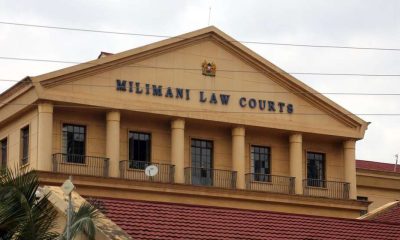Opinion
Ahmednasir’s Explosive Claim: Uhuru’s Corruption Dwarfed Ruto’s
The Senior Counsel’s analysis centers on what he describes as a fundamental disconnect between actual corruption levels and public perception.
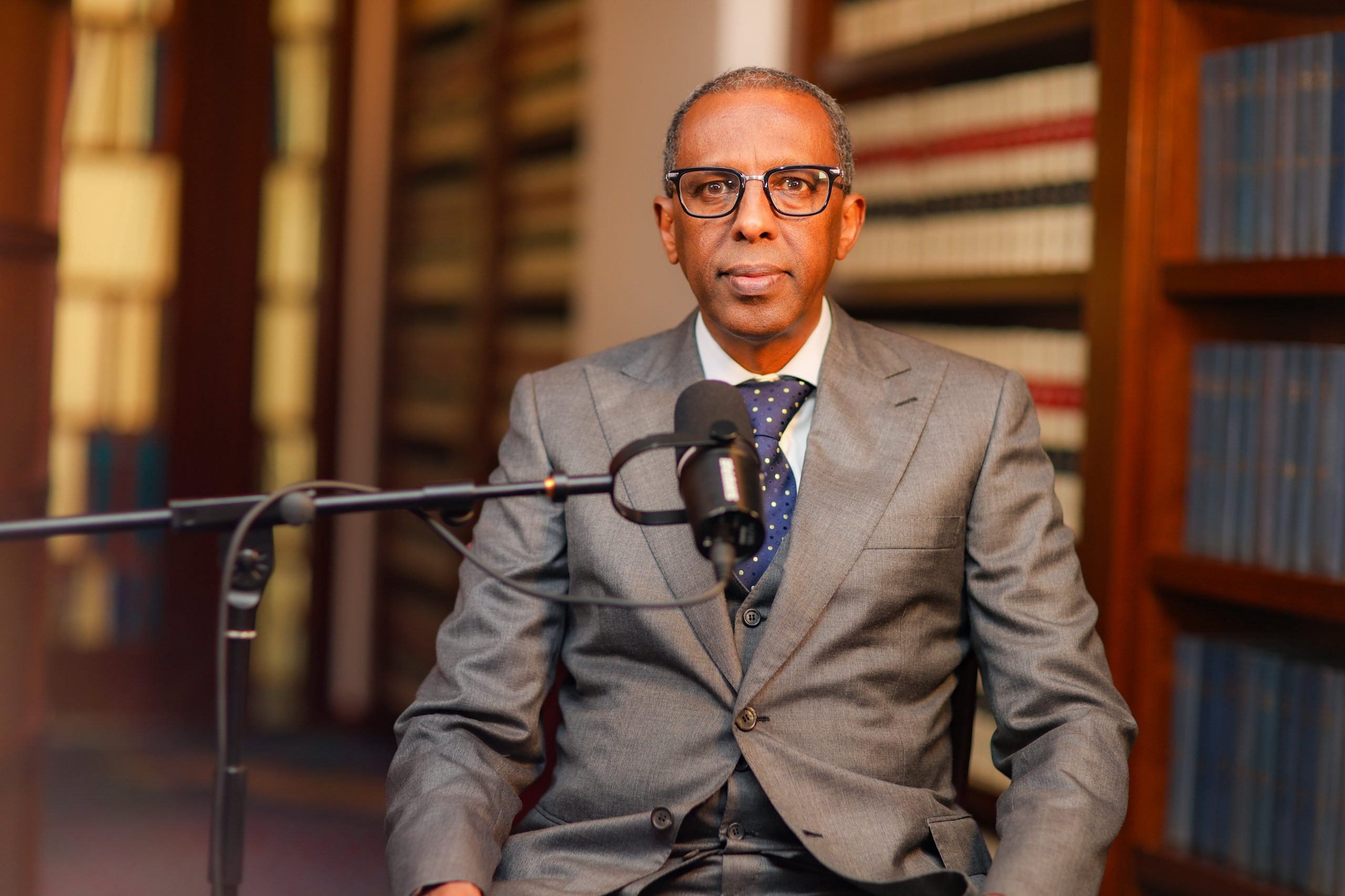
Ahmednasir Abdullahi Argues Public Perception Contradicts Reality on Presidential Corruption Levels
NAIROBI, Kenya – Prominent Kenyan lawyer Ahmednasir Abdullahi has delivered a scathing analysis that challenges conventional wisdom about corruption under Kenya’s current and former presidents, arguing that President William Ruto’s administration has engaged in significantly less corruption than his predecessor Uhuru Kenyatta’s government, despite public perception suggesting otherwise.
In a detailed ten-point analysis that has ignited debate across Kenya’s social media landscape, Abdullahi claims that corruption during Ruto’s first 30 months in office amounts to “roughly 20% of the theft during Uhuru’s tenure,” while acknowledging that public perception paints Ruto’s administration as more corrupt.
The perception vs. reality paradox
The Senior Counsel’s analysis centers on what he describes as a fundamental disconnect between actual corruption levels and public perception.
According to recent reports, President Ruto has acknowledged that “corruption has become a cancer that is eating Kenyan society” during his State of the Nation address, reflecting the administration’s awareness of public sentiment.
Abdullahi attributes this perception gap to what he terms a “complex interplay of politics, ethnicity, history, and sociology,” arguing that Kenyan society applies different standards to corruption based on the ethnic background of those in power.
Ethnic dimensions of corruption perception
The lawyer’s most controversial assertions center on ethnic perceptions of corruption in Kenya.
He argues that corruption by Kalenjin leaders, including Ruto, is viewed as “wanton and malevolent,” while corruption by Kikuyu leaders is seen as “dignified” and the “normal act of smart politicians and businessmen.”
This differential treatment, Abdullahi suggests, stems from several factors including the generational nature of wealth accumulation, the visibility of corrupt proceeds, and social familiarity with those involved in corruption schemes.
Generational wealth and social acceptance
A key element of Abdullahi’s analysis focuses on how different communities handle corrupt wealth.
He argues that Kikuyu corruption benefits from “generational chains” that create “corruption alibis and false heritage of old money,” while Kalenjin corruption is typically “first-generation,” making it more visible and socially unacceptable.
The lawyer contends that this generational difference affects how corrupt proceeds are used and perceived.
While Kalenjin corruption is characterized as “consumption enterprise” that is difficult to hide, Kikuyu corruption serves as “seed capital for business” that can be more easily legitimized through established business networks.
Regulatory approaches to corruption
Abdullahi draws distinctions between how different presidents have managed corruption within their administrations.
He argues that Kikuyu presidents “tightly regulate corruption from a class point of view,” limiting participation to “pre-screened players of second and third generation.”
In contrast, he claims Kalenjin presidents practice “corruption pluralism,” allowing broader participation that creates “a stampede to loot ferociously.”
This difference in approach, the lawyer suggests, affects both the scale of corruption and public perception of its acceptability.
Visibility and social dynamics
The analysis also addresses the visibility of corrupt wealth, arguing that Kalenjin corruption is “on your face” – visible through luxury items, housing changes, and lifestyle upgrades that neighbors can observe.
Kikuyu corruption, by contrast, is described as more discreet, with wealth channeled into rural properties and existing social networks that maintain established appearances.
Controversy
Abdullahi’s analysis comes as the lawyer continues to be a controversial figure in Kenyan legal circles, having been banned from appearing before the Supreme Court in January 2024 for “persistent and baseless attacks” on judicial integrity.
Despite this ban, he remains an influential voice in Kenyan political discourse.
Kenya’s corruption challenges are well-documented, with the country scoring 32 out of 100 on Transparency International’s 2024 Corruption Perceptions Index, ranking 121st among 180 countries.
Recent reports have even included Ruto among world leaders exhibiting “corruption and authoritarian rule” in 2024.
Implications for Kenyan politics
Abdullahi’s analysis raises uncomfortable questions about how ethnicity and social class influence perceptions of corruption in Kenya’s multiethnic society.
His arguments suggest that anti-corruption efforts may be undermined not just by weak institutions, but by deeper social biases that determine which forms of corruption are tolerated and which provoke public outrage.
The lawyer’s claims, while controversial and likely to face significant criticism, highlight the complex intersection of ethnicity, class, and governance in Kenya’s political landscape.
Whether his statistical claims about relative corruption levels can be substantiated remains an open question, but his analysis of public perception dynamics reflects observable patterns in Kenyan political discourse.
As Kenya continues to grapple with corruption challenges across different administrations, Abdullahi’s provocative analysis adds another layer to ongoing debates about accountability, ethnic politics, and the role of public perception in shaping political narratives.
The debate sparked by these assertions is likely to continue as Kenyans assess the performance of their current administration against historical precedents, while considering how ethnic and class dynamics influence their judgments about political leadership and corruption.
Kenya Insights allows guest blogging, if you want to be published on Kenya’s most authoritative and accurate blog, have an expose, news TIPS, story angles, human interest stories, drop us an email on [email protected] or via Telegram
-

 Business5 days ago
Business5 days ago‘They’re Criminals,’ Popular Radio Presenter Rapcha The Sayantist Accuses Electric Bike Firm Spiro of Fraudulent Practices
-
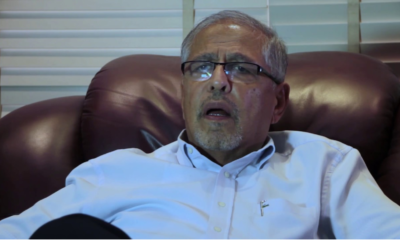
 News1 week ago
News1 week agoTemporary Reprieve As Mohamed Jaffer Wins Mombasa Land Compensation Despite Losing LPG Monopoly and Bitter Fallout With Johos
-

 Sports1 week ago
Sports1 week ago1Win Games 2025: Ultimate Overview of Popular Casino, Sports & Live Games
-

 Investigations1 week ago
Investigations1 week agoFrom Daily Bribes to Billions Frozen: The Jambopay Empire Crumbles as CEO Danson Muchemi’s Scandal-Plagued Past Catches Up
-

 Business1 week ago
Business1 week agoHass Petroleum Empire Faces Collapse as Court Greenlights KSh 1.2 Billion Property Auction
-
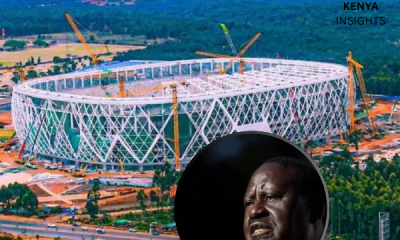
 Investigations5 days ago
Investigations5 days agoDisgraced Kuscco Boss Arnold Munene Moves To Gag Media After Expose Linking Him To Alleged Sh1.7 Billion Fraud
-
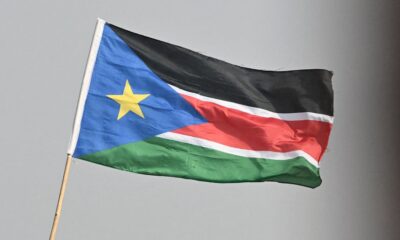
 Africa4 days ago
Africa4 days agoDisgraced Oil Trader Idris Taha Sneaks Into Juba as Empire Crumbles
-
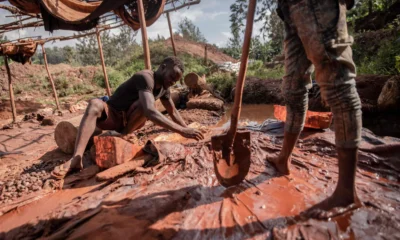
 News1 week ago
News1 week agoShanta Gold’s Sh680 Billion Gold Discovery in Kakamega Becomes A Nightmare For Community With Deaths, Investors Scare





